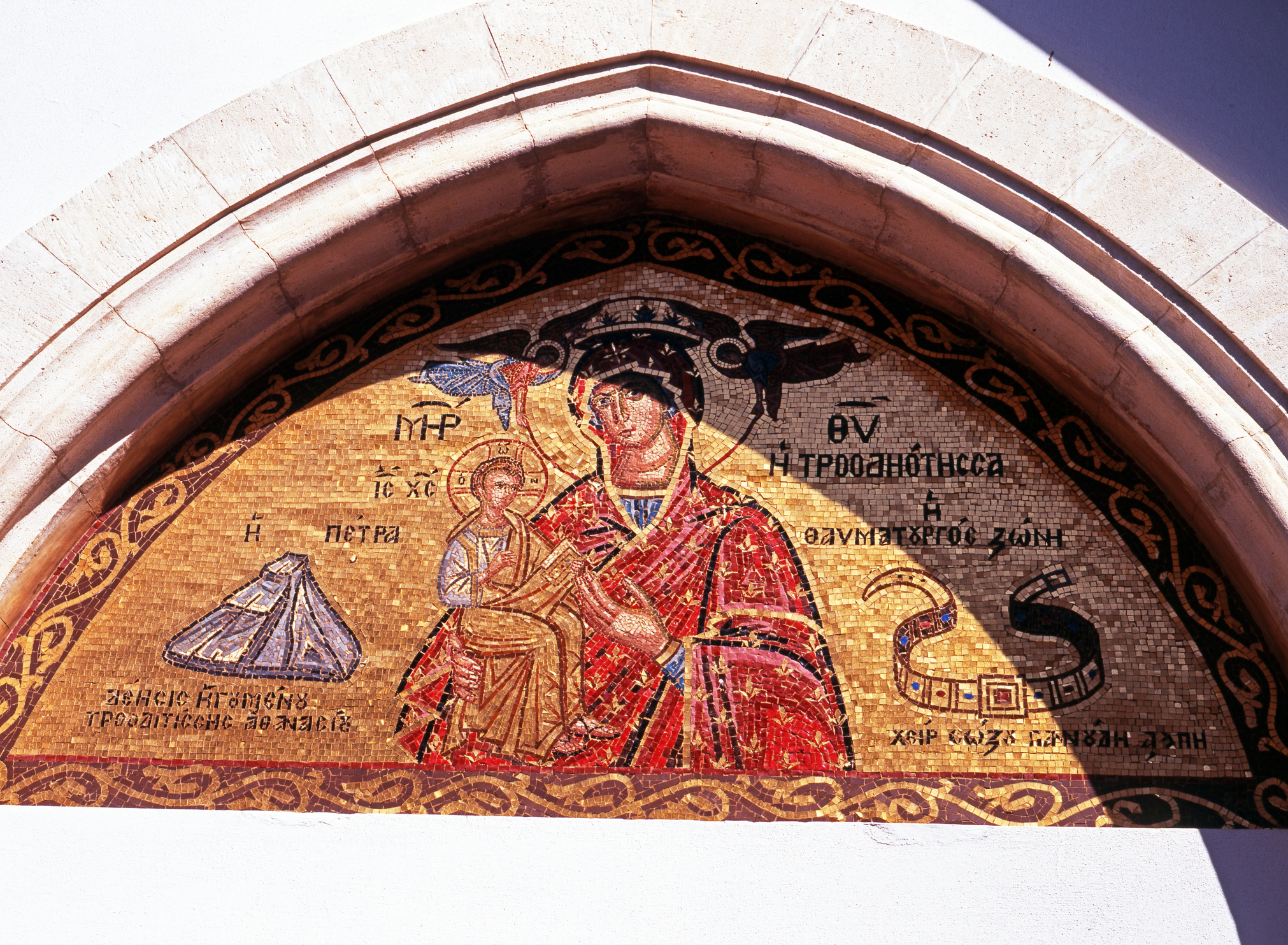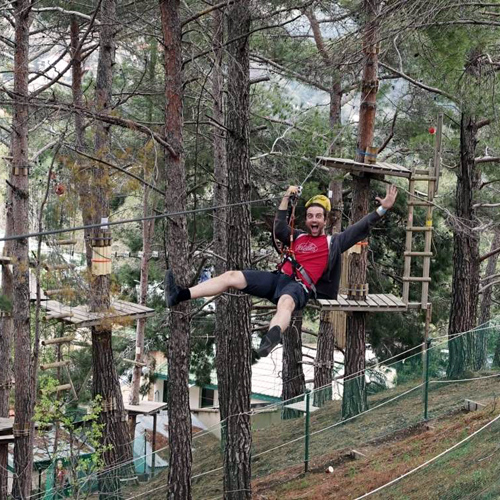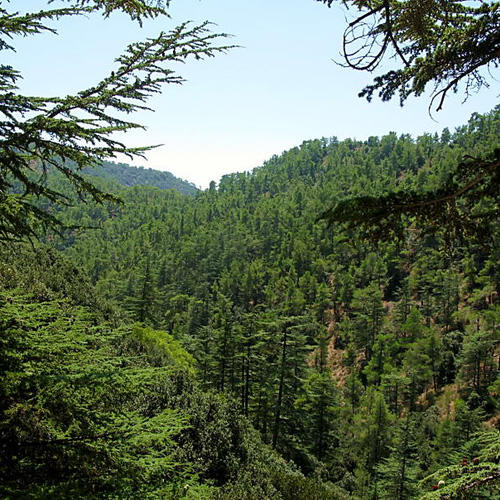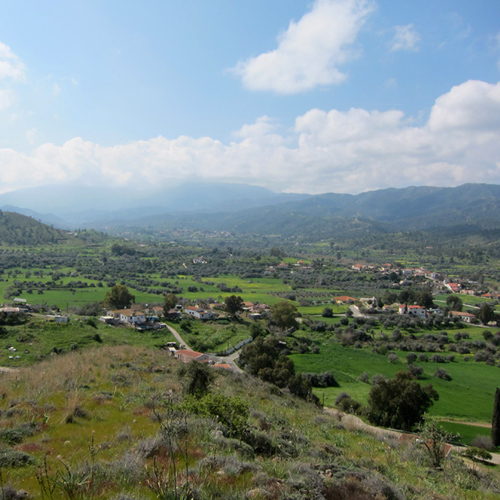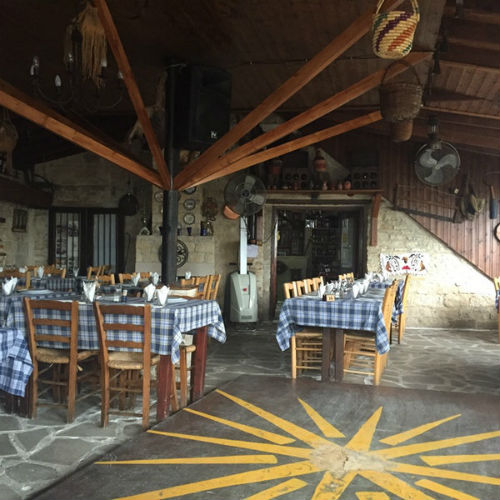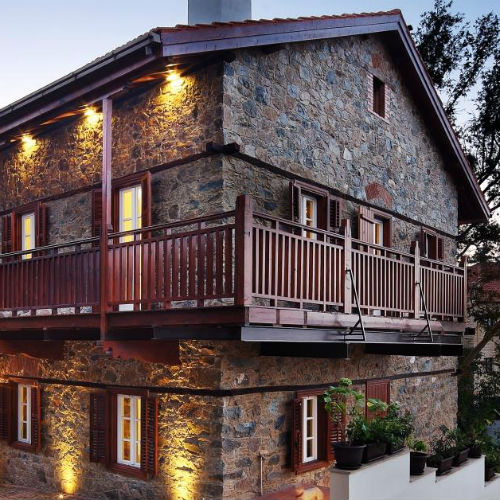Overview
The Trooditissa Monastery is an impressive religious centre founded in the late tenth century by an ascetic monk who wanted to honour an icon of the Virgin Mary holding baby Jesus that he had personally salvaged during the Iconoclasm period of the Byzantine Empire. This period was a battle between those individuals who venerated icons and others who wanted to destroy them.
The monk managed to save his beloved icon of the Virgin Mary and travelled to Cyprus where he lived at the Ayios Nikolaos Monastery in Limassol for approximately twenty-five years. Some time afterwards, he sought a simple, ascetic life and travelled to the mountains, taking his beloved icon with him. He eventually settled in a cave near the peaks of Mount Olympus in Troodos, where he prayed, fasted and studied under the watchful eye of the Virgin Mary.
According to legend, after the monk’s passing in 990, the icon remained in the cave where it shed a blinding light every night. At some point, this light led a group of locals to the cave where they discovered the icon. The locals honoured his dying wish and built a monastery to properly house the sacred icon of the Virgin Mary.
Although the monastery’s construction began immediately, the labourers faced many difficulties. Every time they attempted to lay the groundwork for the church, their work was destroyed the following day. One day, they found a full pitcher of water at a landing to the east of the cave. They took this as a sign and continued to build the monastery on the landing, overlooking the valley at an altitude of approximately 1,370 metres.
In 1585, the monastery that housed the icon which had become known as a miracle-worker was burnt down by the Ottoman conquerors of Cyprus. The icon, however, miraculously survived the blaze and was placed in a new monastery, built after the conquest. Later on, the area suffered a serious drought, and the new monastery was largely damaged by a severe fire. The present church, built in 1731, contains a priceless silver-leaf-covered icon of the Virgin Mary brought from Asia Minor.
It is believed to give hope to childless couples. The church, as well as the monastic buildings, belong to a later period and can be dated to the end of the nineteenth and twentieth centuries. The monastery is a retreat for prayers; as such, it is closed for visits, although the church is open to visitors.
The Monastery if closed on Public Holidays. Entrance to the Monastery is free of charge and it is wheelchair accessible.

